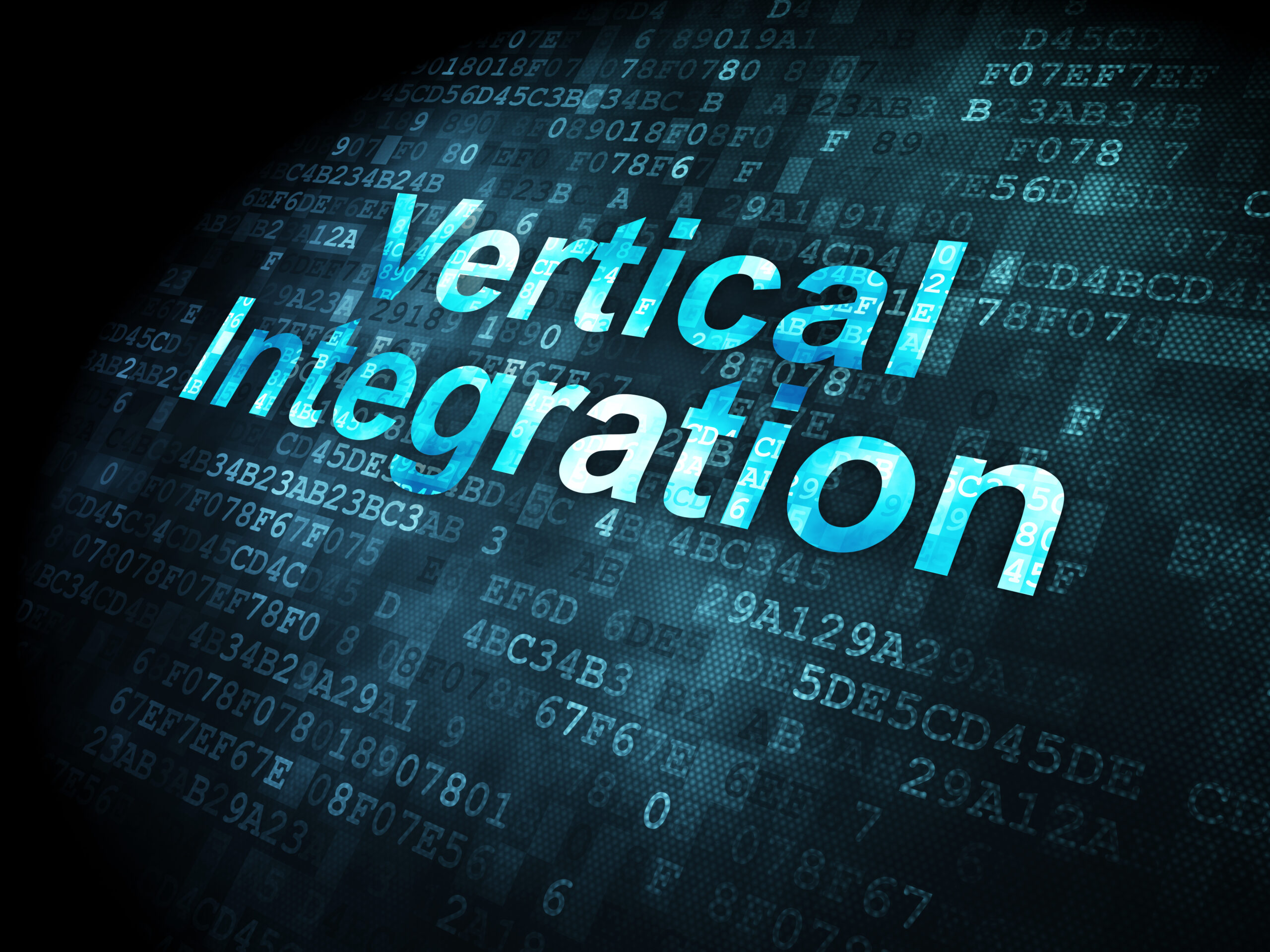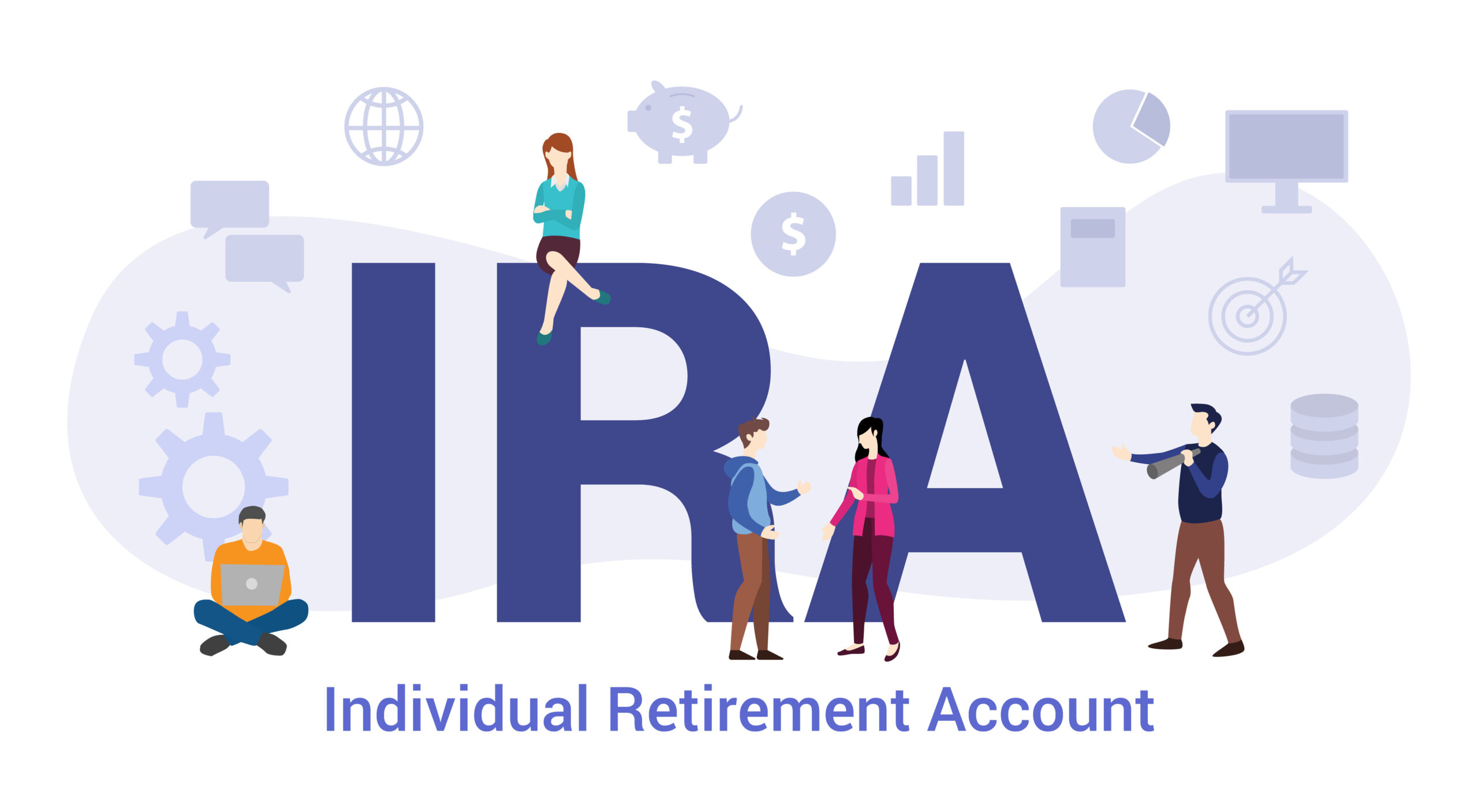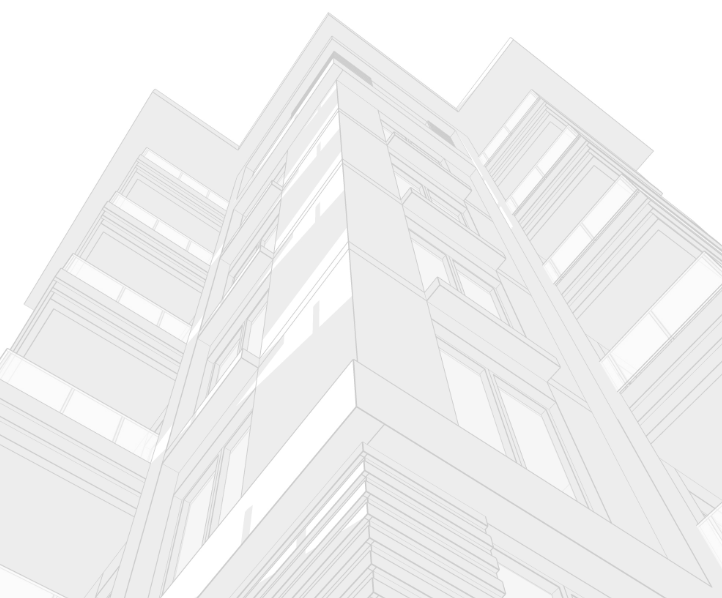In a world of rising prices and growing debts, planning for a tax-free retirement is a smart move. Did you know that we’re in an era of the lowest taxes right now? But by 2033, the U.S. debt is expected to hit a whopping $51.99 trillion (According to federal debt limit in the United States). Waiting means getting closer to retirement with higher taxes on your income and assets.
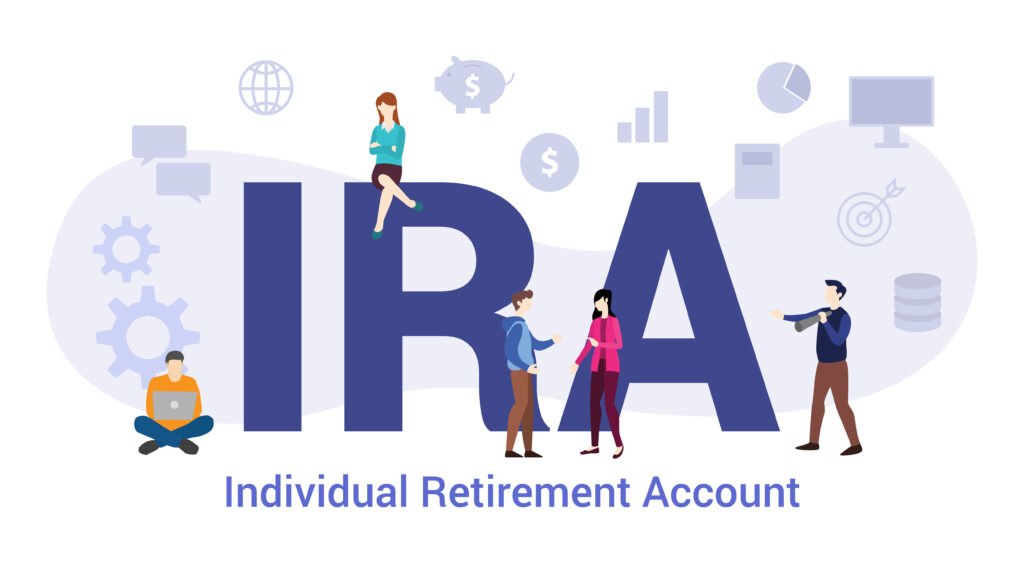
Why Act Now?
Many working Americans don’t have enough saved for retirement. Shockingly, nearly half of families in the U.S. have zero retirement savings, and a quarter of them are over 45. A quick and easy way to start growing your retirement savings is by opening an Individual Retirement Account (IRA).
Understanding the Dynamics of Self-Directed IRA
A Self-Directed Individual Retirement Account (SDIRA) is a type of individual retirement account that provides investors with greater control and flexibility over their investment choices compared to traditional IRAs. In a typical IRA, the account holder’s investment options are limited to stocks, bonds, and mutual funds. However, with an SDIRA, the account holder has the authority to direct their investments into a broader range of assets, including real estate, private equity, precious metals, and more.
It maintains the same tax advantages as traditional IRAs. Contributions to a traditional SDIRA may be tax-deductible, while earnings grow tax-deferred. Roth SDIRAs, funded with after-tax dollars, allow for tax-free withdrawals in retirement.
Types of Properties Eligible for IRA Investment
There’s a range: single-family homes for simplicity, stable commercial real estate, vacation rentals for regular returns, raw land for potential appreciation, and REITs for diversity. In the current economic climate, multi-family properties stand as one option among many.
Why Multi-Family Investment through IRA Holds Merit?
In a fluctuating market, multi-family properties offer stability with multiple units, ensuring consistent income even with occasional vacancies. They generate robust monthly cash flow, covering costs and facilitating improvements. Resilient against vacancies, they fill up quickly, and managing one property is efficient, leading to cost savings.
Consider market trends favoring multi-family housing and use these properties as a potential inflation hedge.
Advantages of Multi-Family Investing through IRA:
Stable and Diversified Income: Multi-family properties provide a stable income stream, and with multiple units, the investment is diversified, reducing the impact of vacancies on overall returns.
Operational Efficiency and Cost Savings: Managing multiple units under one roof is more operationally efficient, leading to cost savings in property management compared to overseeing scattered single-family homes.
Potential for Higher Returns: The economies of scale associated with multi-family properties often contribute to higher returns, making them potentially more profitable than single-family homes.
Tax Advantages: Investing through an IRA offers potential tax benefits, with income and capital gains directed back into the IRA either tax-deferred (traditional IRA) or tax-free (Roth IRA).
Long-Term Appreciation and Inflation Hedge: Multi-family properties, strategically located, can experience long-term appreciation, serving as a hedge against inflation and contributing to overall portfolio growth.
Navigating the IRA Investment Landscape:
Thinking about diving into IRA investments? Well, you’ve got to navigate wisely, and that’s where Waahe Capitals steps in. We’re your go-to guides, armed with the know-how to make this journey smooth. If you’re gearing up for a tax-efficient and prosperous retirement, taking the plunge with Waahe Capitals is the smart move. Ready to make your money work for you? Let’s talk!



